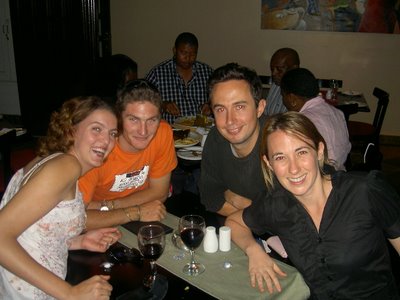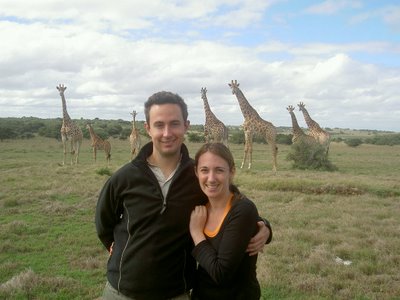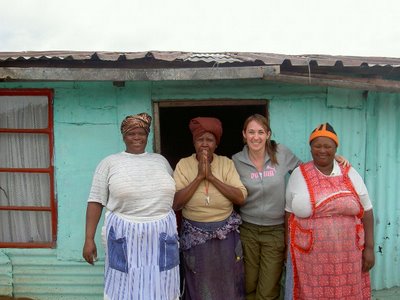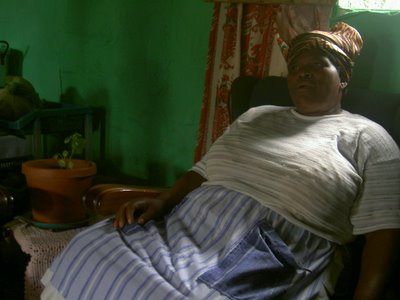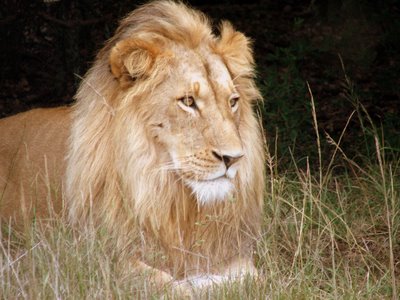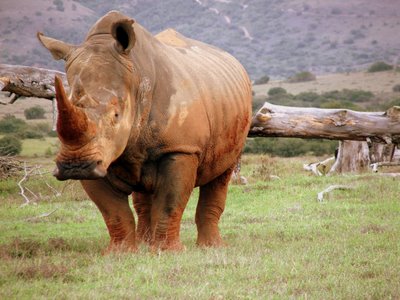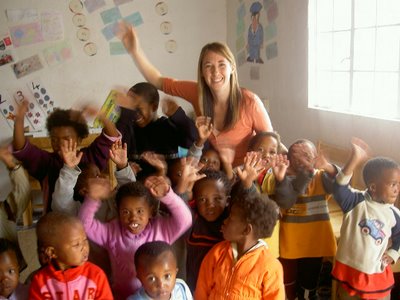 Today we went back to visit the HIV/Aids project in Paterson. The project was founded in 2000 by David and Cindy, a couple living with HIV.
Today we went back to visit the HIV/Aids project in Paterson. The project was founded in 2000 by David and Cindy, a couple living with HIV.
While serving time in prison, David wrote a play about HIV/Aids which was performed for the inmates with the help of some women at the prison. This is how David met Cindy. When Cindy tested positive to HIV, David correctly assumed that he was also positive.
When released, David and Cindy decided that they wanted to give something back to the community for all their wrongs – a kind of gift. So they decided to start an NGO to help people affected by HIV/Aids. The project was called the Isipho HIV/Aids project, “isipho” being the Xhosa word for “gift”.
The project is really an NGO in its most organic form - a couple of people with no training or experience working on a shoestring budget (approximately $800 private funding a month) to help the lives of those in crisis and serious need. One of the main components of the project is the “orphanage”, which is actually a day care centre for HIV/Aids children. We spent most of our day today playing with the children. It is tragic to see how neglected and starved for affection some of them are. I have never seen kids so desperate for a hug.
At our last visit we learnt that one of the girls (aged 10) had recently been raped by one of her relatives as the myth that sex with a virgin will cure HIV/Aids lives on. The ignorance here about the disease is terrifying and heart breaking when it affects the lives of innocent children who are not safe in their own homes. Social services are almost non existent in the town of Paterson – which clearly appears to have been forgotten by the South African government. All that David and Cindy can do is cross their fingers when they send these children home at night.
